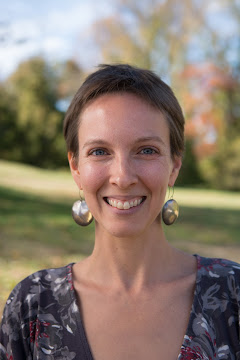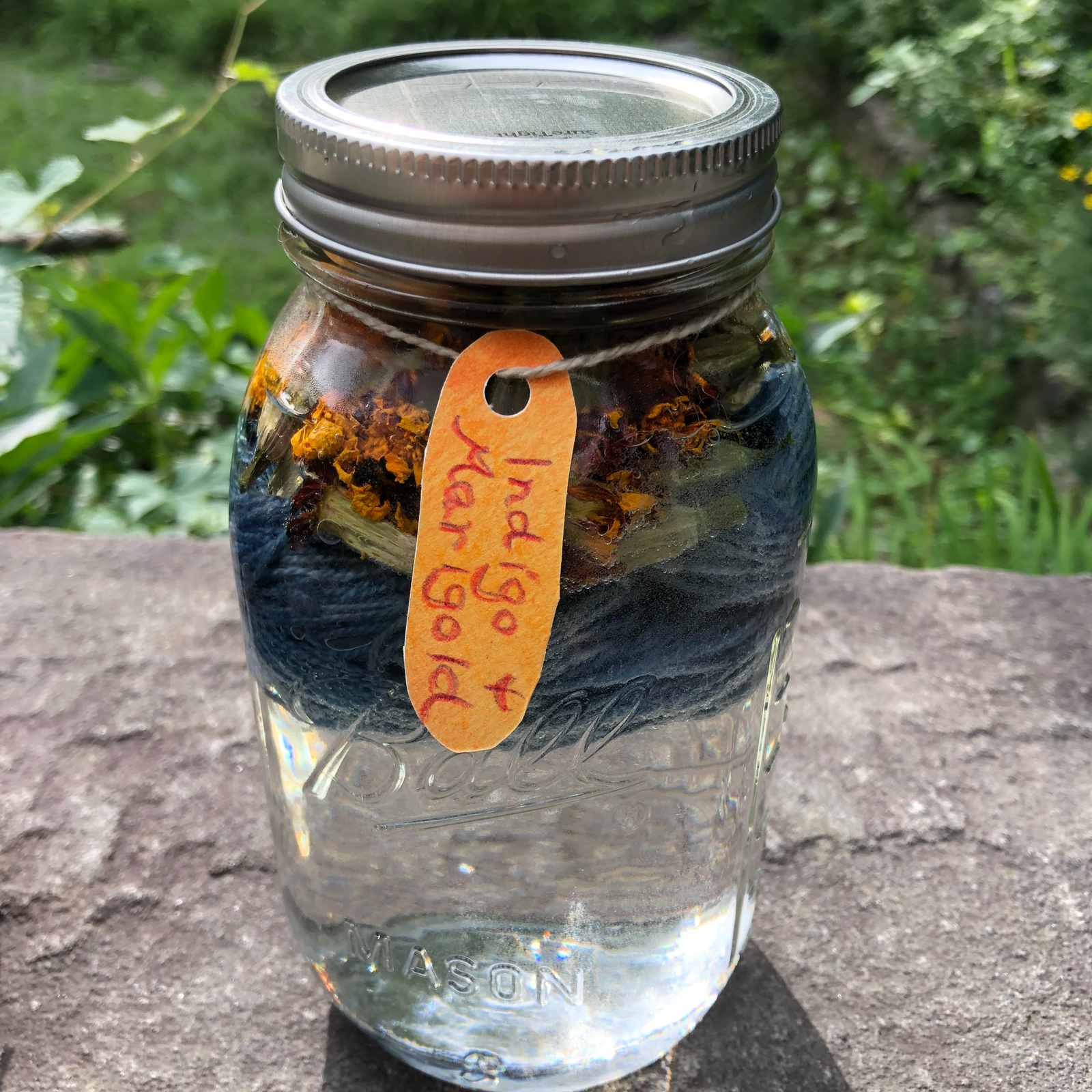
Spy Science: 40 Secret-Sleuthing, Code-Cracking,
Spy-Catching Activities for Kids
by Jim Wiese
Spy Science #1 - Fingerprints
Sep 12
- Fingerprint Activity (pp.2-3 of PDF)
using Ranger Archival Ink Pads
pass out small mirrors, brainstorm homemade fingerprint powders
test what substance and method worked best to get a clear print
-
paint brush, makeup brush, cotton ball
powdered blush, crushed charcoal (mortar & pestle, sandpaper), baking soda, tapioca starch, crushed rabbit food
divide kids into four teams of three children each
one person from your group leaves their prints on the mirror, trade, can the other team figure out who touched the mirror?
Spy Science #2 - Invisible Ink (homemade)
Sep 19

read excerpt from Josephine: The Dazzling Life of Josephine Baker by Patricia Hruby Powell
talk about the history of invisible ink
write and reveal messages in homemade invisible ink
- to write it: baking soda + water
to read it: ground turmeric + rubbing alcohol
Spy Science #3 - Invisible Ink (store bought)
Sep 26
- make homemade cards using cardstock & scrapbooking supplies
write a joke inside the card in regular ink with the answer written in invisible ink!
we used my list of Jokes for Reluctant Readers
Pilot FriXion Erasable Gel Pens were our store bought invisible ink
this thermosensitive ink becomes invisible when you erase it using heavy pressure -- due to the heat caused by friction -- but the writing is revealed when you put the letter in the freezer for 5 min
according to the pen packaging, if you heat the entire pen to 140 degrees F it will write in invisible ink, and you need to cool the pen in the freezer to 14 degrees F or below for it to write in visible ink again
Spy Science #4 - Eavesdropping
Oct 3

read Do Not Open by Brinton Turkle
we tested some classic eavesdropping techniques that are commonly referenced in books (listening through walls with a drinking glass, steaming open an envelope with a teakettle of water or a hot iron)
our results were disappointing! the listening trick worked BUT we weren't able to get the closed envelope open even with repeated tries
we wrapped up the session by writing letters and making them tamper-proof by using my sealing wax kit and wax seal stamp set
Before Passwords — Ribbons and Seals for Document Security
National Archives
Spy Science #5 - Periscopes part 1
Oct 10
- do "Seeing It All" from Spy Science, pp.51-53
do "Seeing Around Corners" from Spy Science, pp.46-49
the periscopes we made with a pair of quart milk cartons worked really well! I would definitely recommend cutting TWO slots at a 45 degree angle on each end of the periscope, and then sliding a piece of thin cardboard into the slots instead of just sliding in the mirror as suggested (taping the mirror to some cardboard feels more secure)
next time, I will spend time reviewing how to use a protractor first!
I like the Energy Works Student Guide (PDF, pages 29 & 34-35)
important notes for success:
-
the slots must be parallel
the mirrors must be facing each other
the viewing windows must be on OPPOSITE sides of the tube
(here the window for the view to come in is cut on the lower left side and the window for the view to come out, after it bounces from mirror to mirror, is cut on the upper right side)
having built a successful periscope, they want to spend our next session testing some ideas:
#1 - if you put a prism in the center of the tube, will a rainbow come out the other end? in other words, white light will come in one window, bounce AND split apart, and colored light would emerge?
#2 - can you use aluminum foil instead of a mirror?
#3 - if using a long mailing tube, is there a limit to how long the tube can be before the image doesn't make it out the other side?
Spy Science #6 - Periscopes part 2 + Covers & Legends
Oct 17
- Periscopes & Prisms
(this activity has its own post)
we also tested the aluminum foil idea (which did not work)
read excerpts from Spy Science:
-
"Going Under Cover as a Spy" from p.4
"Disguise Party" from p.6
"Robert Baden-Powell" from p.7
"Lafayette Baker" from p.10
look at front cover of Robert Baden-Powell's book
do "Disguise Party" activity
Spy Science #7 - Periscopes part 3 + Semaphore
Oct 24
- we tested the periscope mailing tube idea by (again) cutting apart our milk carton periscope... and then simply taping each end of it onto a mailing tube with a 2 1/2 inch diameter and 33 inch length!
look at a circular protractor, review the concept of angles (ties in with both periscopes and semaphore), read "Conveying Information" excerpt from Robert Baden-Powell's book, pass out copies of the semaphore alphabet (PDF), and have children work in pairs to decode the message "NINE FORTS WHERE YOU EXPECTED THREE"


Spy Science #8 - Navajo Code Talkers
Nov 7

read Chester Nez and the Unbreakable Code: A Navajo Code Talker's Story by Joseph Bruchac and do Spy Kids: Code Talkers (PDF)
Mission 1 - encode the following
ENEMY
Mission 2 - decode the following
DIBEH AH-JAH TSAH BE TSE-GAH AH-JAH DIBEH-YAZZIE CLA-GI-AIH
Mission 3 - each group had a different message to decode and corresponding fact sheet to read and then share; we used
-
2) ADOLF HITLER
3) UTAH BEACH (Comanche code talkers)
4) NORTH AFRICA (Meskwaki code talkers)
5) UNBROKEN
6) DECLASSIFIED
7) GOLD MEDAL
8) JAPAN
9) SIGNAL CORPS
10) NAVAJO - John Kinsel article in lieu of fact sheet provided
12) MARINE CORPS
John Kinsel Sr., Navajo Code Talker in World War II, Dies at 107
The New York Times - Oct 20, 2024
Spy Science #9 - Scytalae
Nov 14
- do "Torn Dollars" from Spy Science, pp.72-74
do "Scytale" from Spy Science, pp.89-92
(this activity has its own post)

Spy Science #10 - Book Cipher & Cardan Grille
Nov 21

explain etymology of the word cipher, which comes from the Arabic word for "zero" and initally meant "to do arithmetic"
do Book Cipher (Word Cipher version) with identical chapter books (luckily, I have a lot of these for doing Literature Circles)
read "The Conceited Hypochondriac" (Girolamo Cardano chapter) of Mathematicians Are People, Too: Stories from the Lives of Great Mathematicians, Volume 2 by Luetta & Wilbert Reimer
Spy Science #11 - Caesar Cipher & Vigenère Square
Dec 5
- demonstrate Caesar Cipher, have children work in pairs to encode and decode messages (deciding together how much they will shift it)
what are the advantages and disadvantages of this cipher?
demonstrate Vigenère Cipher, look at Kryptos sculpture
what are the advantages and disadvantages of this cipher?
pass out copies of the Vigenère square (page 5 of PDF)
explain and practice the Date Shift Cipher (PDF), which is a variation on the Vigenère Cipher
- you don't have to identify -- or tell the recipient -- a key word (you just use the date on which you wrote the letter)
you don't have to change the key word into numbers (ie. translating each letter into a number based on its position in the alphabet) because a date is already written in numbers
plus, the key will change every day as the date changes!
Spy Science #12 - Morse Code
Dec 12

Morse Code
(this activity has its own post)
Spy Science #13 - Morse Code Collages
Jan 9
-
The Collages (Morse Code, part 2)
(this activity has its own post)

Spy Science #14
Spy Science #15
Jan 16 & 23
- A Secret Book Box!
(this activity has its own post)

This post contains affiliate links to materials I truly use for homeschooling. Qualifying purchases provide me with revenue. Thank you for your support!











 Immersive Experience
Immersive Experience Immersive Experience
Immersive Experience







No comments:
Post a Comment